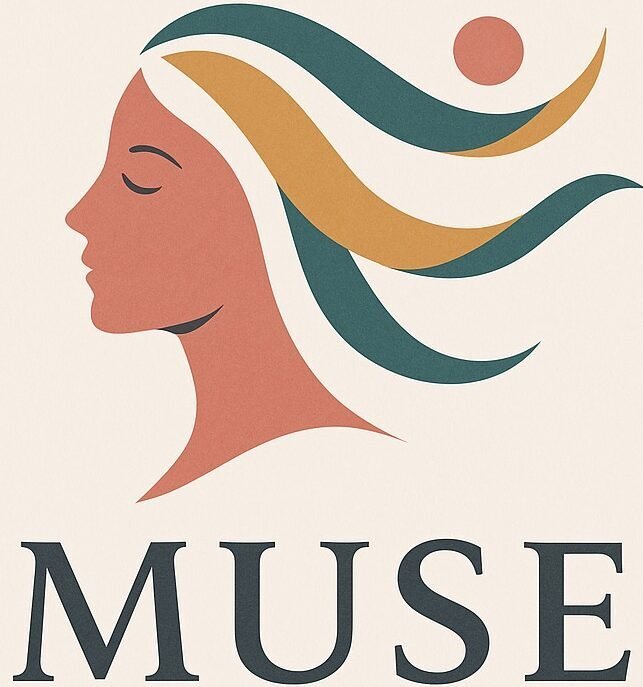One of the toughest challenges for mid-career professionals isn’t just climbing the ladder—it’s deciding how much of themselves they can truly bring along for the climb. Many of us have been told, directly or indirectly, that success requires assimilation: adjusting how we dress, speak, or even style our hair just to “fit in.” But here’s the truth—assimilation may earn short-term approval, yet it comes at the cost of long-term exhaustion and identity loss.
Authenticity, on the other hand, drives respect, builds trust, and sustains leadership influence. Choosing to lead without losing yourself is not only liberating; it’s essential for creating the kind of workplaces where people thrive.
Challenge 1: The Pressure to Fit In
From hairstyles to communication styles, professionals—especially women and minorities—often face subtle and not-so-subtle messages that they need to “tone down” who they are to be seen as professional.
Why This Matters
The pressure to fit in might feel like survival in the moment, but over time it leads to disconnection, stress, and burnout. More importantly, it robs organizations of the diverse perspectives that drive innovation.
How to Reframe
- Fit With Purpose, Not Pretense: It’s possible to align with professional norms without erasing your identity.
- Identify the Non-Negotiables: Know the parts of yourself—your voice, your values, your appearance—that you refuse to compromise.
- Lead by Example: When you show up authentically, you give others permission to do the same.
Pro Tip: Fitting in earns you a seat at the table. Authenticity ensures your voice is heard once you’re there.
Challenge 2: The “Hair” Conversation—More Than Style
For many professionals of color, hair has become a frontline in the battle between authenticity and assimilation. Braids, locs, or natural curls are often judged as “unprofessional,” leading to unnecessary self-censorship.
Why This Matters
Hair isn’t just style—it’s identity, culture, and confidence. Feeling pressured to change it for acceptance sends a damaging message: that who you are is less important than how you appear.
How to Reframe
- Strategic Flexibility: Some leaders choose wigs or protective styles for specific contexts, but they remain clear about their identity.
- Normalize Diversity: When leaders confidently wear authentic hairstyles, it challenges outdated definitions of professionalism.
- Connect to Culture: Share the meaning behind your choices—educating others builds respect and dismantles bias.
Real Talk: Hair is not just hair. It’s history, heritage, and humanity. Choosing authenticity here creates ripple effects in the workplace culture.
Challenge 3: Authenticity Builds Trust and Respect
Assimilation may create the illusion of harmony, but it doesn’t foster genuine respect. True leadership influence comes when people trust that you are exactly who you present yourself to be.
Why This Matters
Trust is the currency of leadership. Without authenticity, colleagues may respect your title but doubt your integrity. With authenticity, even without a big title, your influence grows.
How to Reframe
- Be Transparent: Share personal values and stories that reveal what drives you.
- Practice Consistency: Let your words, actions, and appearance align—authenticity is sustained by integrity.
- Lean Into Vulnerability: Admitting mistakes and showing humanity creates stronger bonds with teams and peers.
Key Insight: People may admire your résumé, but they’ll follow your authenticity.
Challenge 4: Sustainable Leadership Through Self-Expression
Trying to fit into someone else’s mold is exhausting. Sustainable leadership requires energy, creativity, and resilience—all of which thrive when you’re aligned with your true self.
Why This Matters
Leaders who constantly monitor and edit themselves risk burnout and disengagement. By contrast, authentic leaders conserve energy and inspire creativity in those around them.
How to Reframe
- Identify Energy Drains: Notice when “fitting in” feels like acting. These are signals to adjust.
- Leverage Your Maker Spirit: Creativity flourishes when you bring your full identity into problem-solving.
- Anchor in Purpose: When authenticity is tied to your mission, it sustains you even when challenges arise.
Lesson Learned: Assimilation drains energy. Authenticity generates it.
Challenge 5: Creating Space for Others
Authenticity isn’t just about personal freedom—it’s about creating environments where others feel free too. Leaders who embrace authenticity open the door for colleagues to do the same, especially younger professionals watching closely for role models.
Why This Matters
A culture of authenticity drives inclusion, innovation, and loyalty. It reduces turnover and builds workplaces where diverse perspectives are celebrated, not silenced.
How to Reframe
- Model Inclusion: Demonstrate that different doesn’t mean deficient.
- Mentor with Transparency: Share your journey of authenticity with those navigating the same challenges.
- Challenge Bias: Speak up when assimilation is valued over authenticity, especially in hiring and promotions.
Leadership Hack: By leading authentically, you don’t just free yourself—you set others free.
Conclusion: Choose Authenticity, Not Assimilation
The decision to lead authentically isn’t always easy, but it is always powerful. Assimilation may bring temporary safety, but it never produces lasting influence. Authenticity, on the other hand, drives respect, builds trust, and ensures sustainable leadership.
For mid-career professionals navigating the balance between fitting in and being themselves, the challenge is real. But the reward—leading without losing yourself—is worth it.
This week, choose one area where you’ve been assimilating at the expense of authenticity—whether it’s your voice, your appearance, or your ideas. Take one small step toward reclaiming it. Your leadership, your team, and your future will be stronger because of it.



